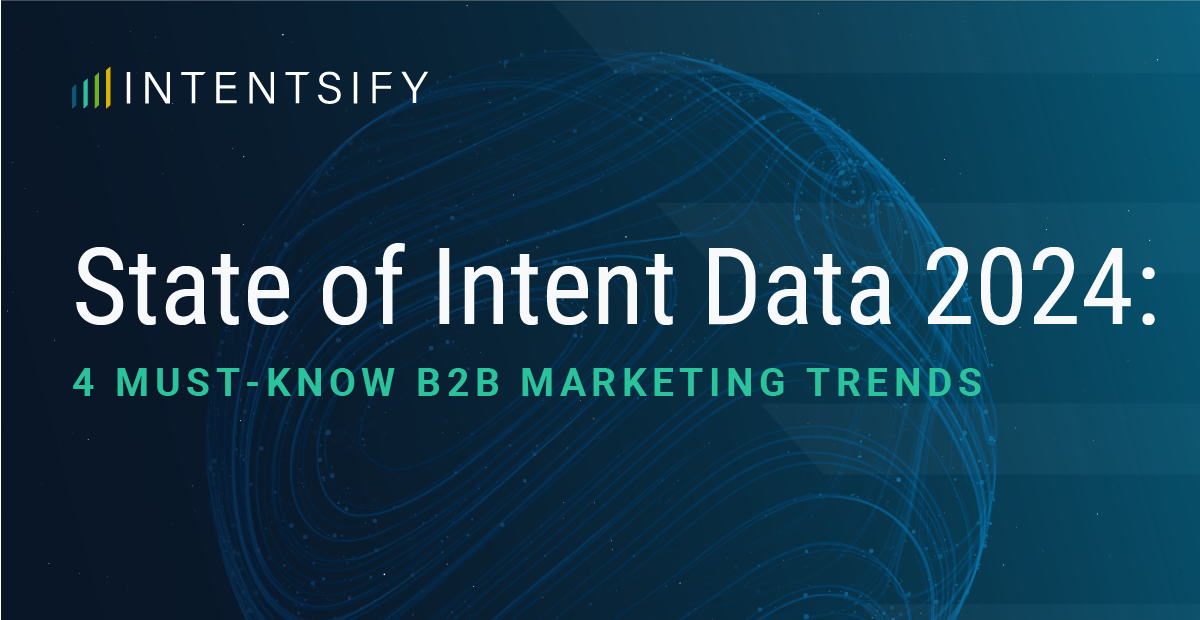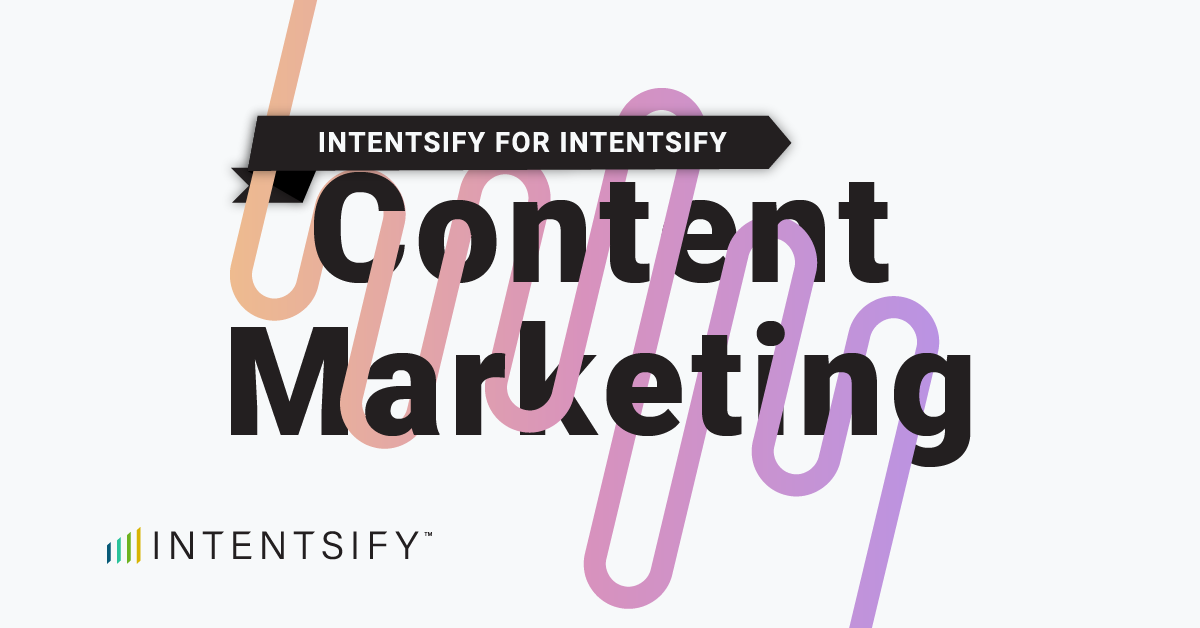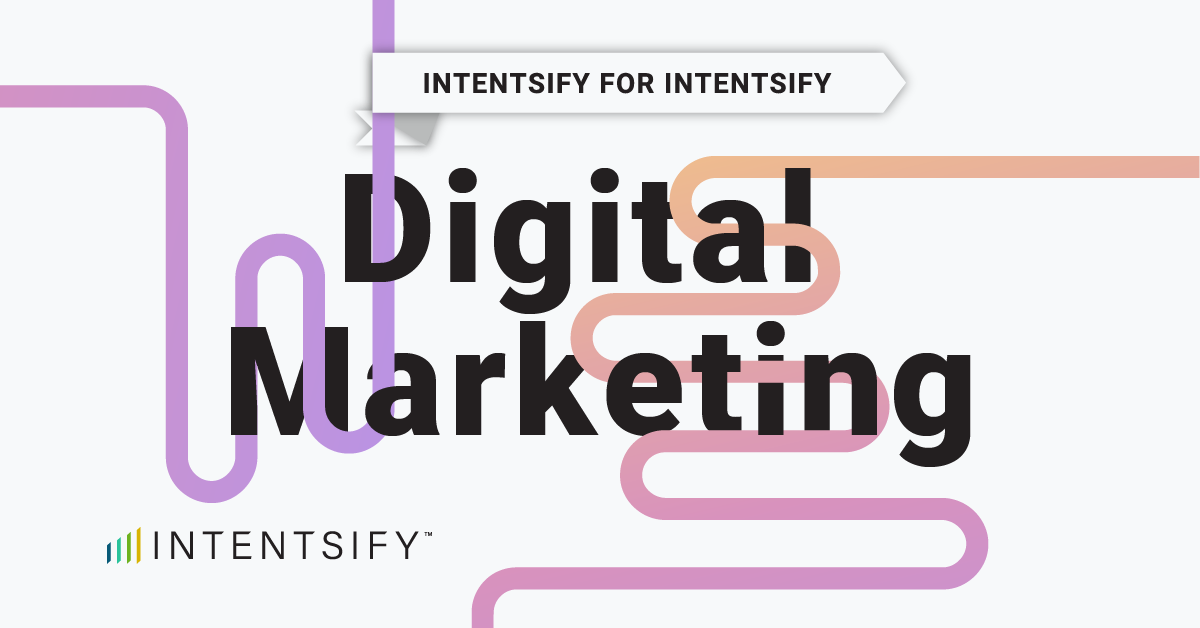B2B marketing is fueled by an ocean of prospect and consumer data. And businesses and consumers are, logically, concerned about the security of that data. In response, several states began 2025 with new data security and compliance laws. And new federal regulations are likely coming.
This post covers how B2B marketers are responding to the demand for data security and regulatory compliance, and the impact today’s data security environment is having on B2B marketing strategies and data compliance requirements. In it, we offer insight and tips on everything from lead-consent management to first-party data strategies and content diversification. And we provide actionable frameworks for B2B marketers, all to help transform data protection from a compliance burden into a competitive advantage through transparent data practices and ethical lead generation.
Embrace intent data but be transparent
B2B marketers are discovering the power of intent data to track buyer behavior and personalize their messaging. As they do, they’re facing pressure to show how that data is collected and used.
To ensure confidence in your intent data, focus on the basics: transparency and strict data compliance. Choose an intent data provider such as Intentsify that reveals its data sources and provide URLs of third-party intent signals. Intentsify requires that every lead we deliver has opted-in and confirmed interest. And we make sure that any data captured, stored, transferred, and/or used is fully compliant with local privacy laws, such as the EU’s General Data Protection Regulation (GDPR) and the California Consumer Privacy Act (CCPA).
By maintaining the highest possible level of transparency, you can offer a complete understanding of the context behind each data point. That goes a long way toward building trust and confidence with prospects.
Ethical lead-generation starts with opt-in consent
High-quality, verified leads are the heart of effective, multi-touch B2B marketing efforts. Compliance is the key to ensuring your database is full of them. That’s why most regulations today require explicit consumer permission before engaging customers, collecting personal data, or launching campaigns.
- Typically, B2B marketers obtain consent in two ways:
- Single opt-in, in which users provide consent by simply filling out a form or checking a box.
- Double opt-in, in which users fill out a form then receive a confirmation email containing a link that they must click to verify their consent.
Obviously, double opt-in is the preferred approach. It verifies that the user has genuine interest in your offer, reduces the chances of spam complaints, and improves overall engagement rates. The result is a high-quality database, more-accurate data analytics, and improved campaign performance.
To implement double opt-in consent effectively — to document explicit consent across multi-touch B2B journeys — here are a few best practices:
- Keep it simple. A straightforward form makes it easy for users.
- Provide value. Explain the benefits users will receive for opting-in.
- Be respectful. Allow users to manage their preferences. Give them options for frequency, content type, and topics of interest.
- Regularly review what you’re doing. Perform frequent updates of your opt-in process to ensure ongoing compliance with today’s evolving regulations.
The shift to first-party data
Given the impact of data privacy laws and the deprecation of third-party cookies (although paused by Google), it was inevitable –– and a good thing –– that B2B marketers would shift to developing first-party data. Collected directly from prospects and customers via apps, websites, and other points of contact, first-party data can be a game-changer. It’s more relevant and accurate than third-party data and it provides verifiable insights into consumer behavior through customer demographics, purchase histories, preferences, and engagement metrics.
First party data:
- Improves audience targeting. By analyzing past behaviors or interactions with your brand, it allows you to segment customers based on interests and create personalized messaging and offers.
- Improves the customer experience. By giving customers exactly what they need when and where they need it, it saves them time through hyper-targeted, contextually relevant experience across channels.
- Builds trust and credibility. In today’s marketplace, most consumers have concerns about how companies use their personal data. First-party data, which users provide when they interact with you, builds trust and confidence.
- Provides valuable insights into customer journeys. By giving you a better understanding of pain points, first-party data opens the door to greater opportunities, empowering you to refine your strategies and stay ahead of competitors.
Balancing personalization and compliance with ABM
Account-Based Marketing (ABM) builds relationships and fosters loyalty through targeted, personalized messaging. But the personalization can get tricky, especially when B2B marketers try to deliver messages across a larger segment of potential customers.
Concerns about data protection and tighter privacy laws have made personalization even more difficult.
To meet the challenge, give users control over how their data is collected, used, and shared. Again, focus on the basics.
- Be transparent. Explain your collection practices and make sure you get informed consent.
- Be a minimalist. Collect only the data you need for personalization.
- Be secure. Use robust security measures. And tell users what they are.
- Anonymize. Whenever possible, protect identities.
- Aggregate. Use data that shows broad trends rather than individual details
- Analyze behavior. Draw information from preferences rather than personal details.
In a post-cookie world: diversify
The potential phaseout of third-party cookies takes away a valuable tool for tracking and targeting prospects. To compensate, it’s important to diversify your data, your content, and where prospects see your messaging.
Make sure you have a strong social media presence. Develop high-quality content then use organic and paid strategies to engage prospects on the platforms where they spend their time.
For maximum efficiency and effectiveness, repurpose the content to fit the channel. For example, take a favorite blog post and make it into a podcast or reel. You may also consider collaborating with influencers; their credibility can help build trust among prospects.
As you build your online efforts, as you diversify content and channels, don’t lose sight of your offline marketing. Refresh your email campaigns; keep them personalized and segmented based on user preferences and behaviors. Then integrate your online and offline marketing efforts for a cohesive brand experience.
To learn more about Intentsify can help you with data security and compliance in today’s rapidly changing environment, visit intentsify.io.






